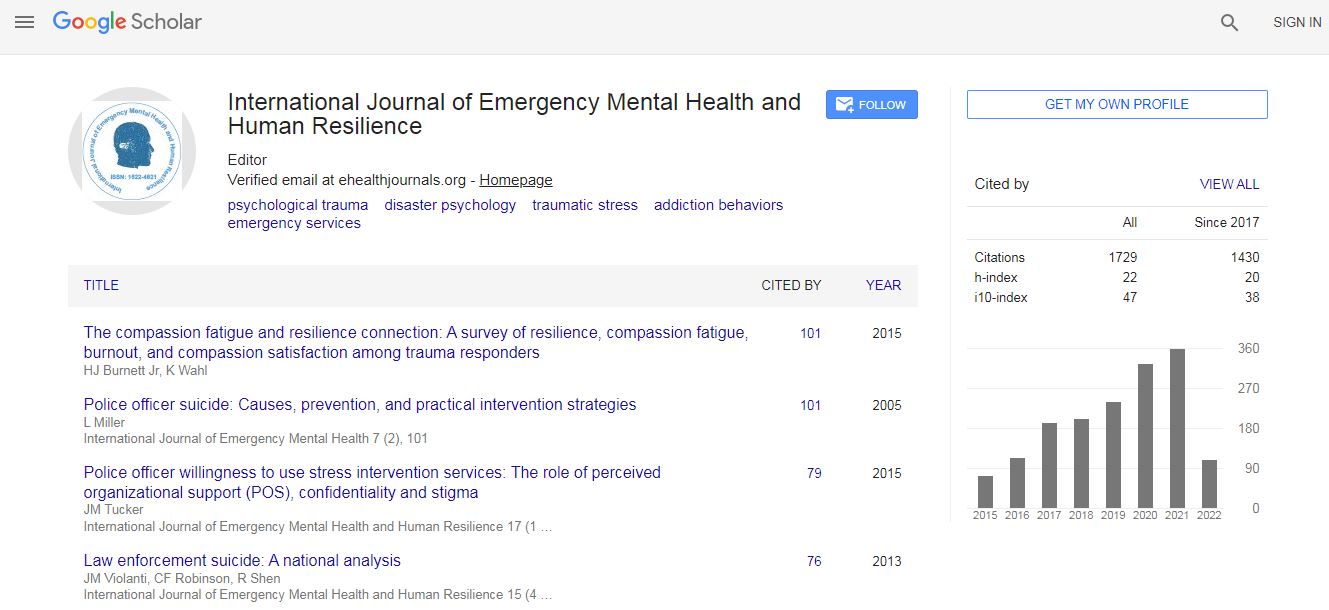Case Report
Sleep apnea in Chiari I malformation
Maher Abouda1*, Ferdaous Yangui2, Senda Turki2, Mehdi Charfi2
1University of Tunis El-Manar, Faculty of Medicine of Tunis, Respiratory and Sleep Medicine, FMT Bab Saadoun, TN 1004, Tunis, Tunisia
2University of Tunis El-Manar, Faculty of Medicine of Tunis, Interior Security Forces Teaching Hospital. FMT Bab Saadoun, TN 1004, Tunis, Tunisia
- Corresponding Author:
- Maher Abouda
University of Tunis El-Manar, Faculty of Medicine of Tunis
Respiratory and Sleep Medicine, FMT Bab Saadoun, TN 1004,Tunis, Tunisia
E-mail: maherabouda@yahoo.fr
Abstract
A 36-year-old non-obese woman consulted her physician for recent excessive daytime sleepiness (EDS) with Epworth sleepiness scale (ESS) at 13/24, morning headache and heavy snoring. Polysomnography revealed moderate mixed sleep apnea syndrome with an Apnoea–Hypopnoea Index (AHI) of 23/h (Figure 1). Despite adequate continuous positive airway pressure (CPAP) therapy, the patient reported an aggravation of EDS and headache. A second polysomnography with CPAP, conclude to moderate complex sleep apnea syndrome by revealing the persistence of numerous central sleep apnea (AHI of 21/h) but no evidence of obstructive events. The patient reported a sensation of unrefreshing sleep and EDS (ESS at 17/24) with no symptoms suggesting cardiac failure, periodic limb movement disorder or narcolepsy. Physical examination, including neurologic and cardiac examinations, was normal. Routine blood tests, arterial blood gas analysis and echocardiography were performed and showed no significant abnormalities.

 Spanish
Spanish  Chinese
Chinese  Russian
Russian  German
German  French
French  Japanese
Japanese  Portuguese
Portuguese  Hindi
Hindi 